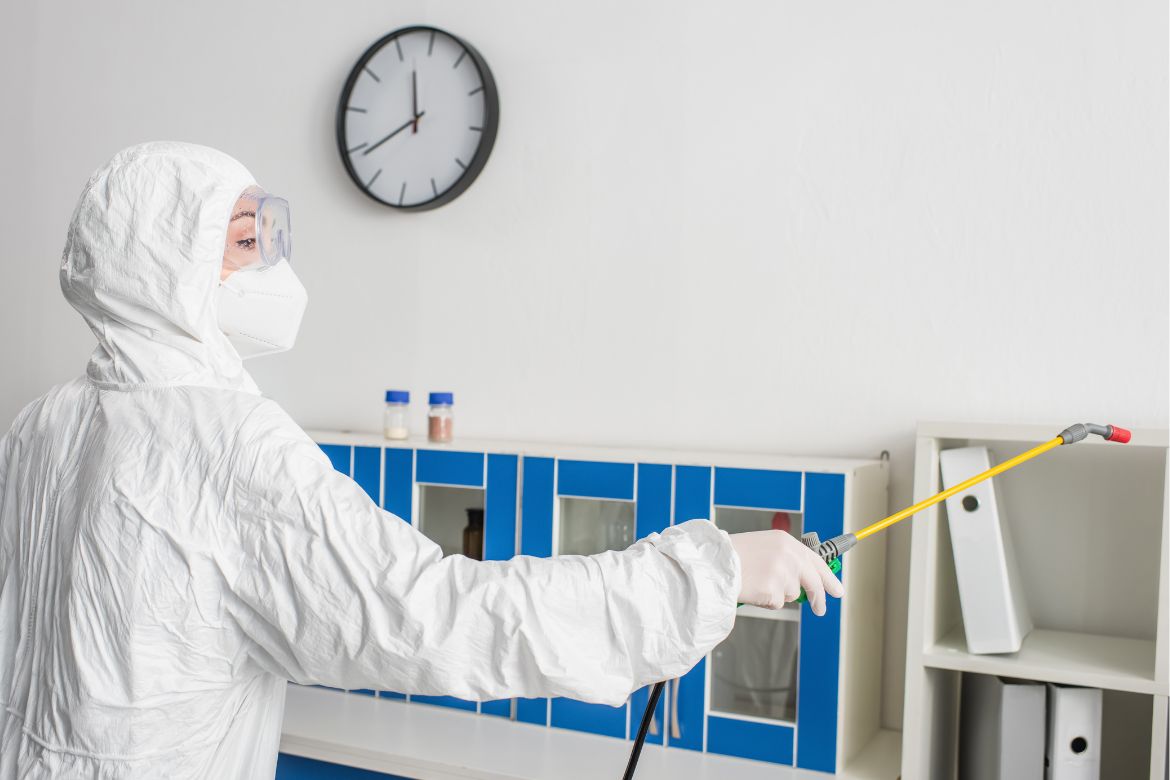What To Do To Avoid Contamination in the Lab Space
Contamination in the lab space is a serious concern that can pose health and safety hazards, result in lost time and resources, and compromise data. As laboratory professionals and students, staying informed about the best practices for maintaining a clean and safe working environment is crucial. Keep reading to learn what you can do to avoid contamination in the lab space.
Follow Hygiene and PPE Guidelines
One of the most important steps to prevent contamination is following hygiene and personal protective equipment (PPE) guidelines. Proper handwashing is essential. Always wash your hands before and after handling laboratory materials or equipment. In addition to regular handwashing, use hand sanitizers and wipes to further minimize the risk of contamination.
Personal protective equipment is crucial when working in the laboratory. Always wear the appropriate PPE, such as gloves, lab coats, and safety goggles, to protect yourself and your workspace. Never wear PPE outside the lab, as this can bring contaminants in, and always dispose of used PPE properly.
Practice Proper Chemical and Equipment Handling
Handling chemicals and equipment properly is another essential aspect to prevent contamination. Always store chemicals in their designated storage areas, ensuring they are sealed and away from incompatible substances. When handling chemicals, use equipment such as fume hoods to minimize the risk of exposure.
Similarly, it’s crucial to know how to carefully handle and store laboratory equipment. For example, how you handle your subjects and equipment is a crucial factor in avoiding contamination during pipetting practices. Ensure that tools and devices are clean and sterile before use and avoid touching them with your bare hands. Take the time to learn specific cleaning and sterilization procedures for each piece of equipment.
Schedule Regular Lab Cleaning and Disinfection
A clean lab is a safe lab, so be sure to schedule regular cleaning and disinfection of your lab space; this includes surfaces, workstations, and equipment. Clean all surfaces using appropriate disinfectants, such as alcohol or bleach solutions, and ensure the proper contact time is allowed for each disinfectant.
For equipment, follow the manufacturer’s recommendations for cleaning and disinfection, and consider using UV light sterilization tools for hard-to-reach areas. Using the right sterilizing equipment and following other helpful sterilization tips for the laboratory can be the difference between successful and failed experiments. Maintain a cleaning schedule and hold everyone accountable for their designated tasks.
Practice Proper Waste Management
Proper waste management is crucial in maintaining a contamination-free lab environment. Your lab must handle, store, and dispose of waste materials according to local regulations and internal lab procedures. This includes segregating waste based on material type (e.g., biological, chemical, or radioactive) and using properly labeled containers. Additionally, all lab members should adhere to proper waste management practices to ensure compliance and safety.
Understanding what you can do to avoid contamination in the lab space is key to upholding the integrity of your research and maintaining a safe working environment. By following proper hygiene and PPE guidelines, practicing correct chemical and equipment handling, scheduling regular lab cleaning and disinfection, and practicing proper waste management, you can significantly reduce the risk of contamination in your lab. Remember to stay informed, use the necessary resources, and encourage others in the lab to implement these best practices.

